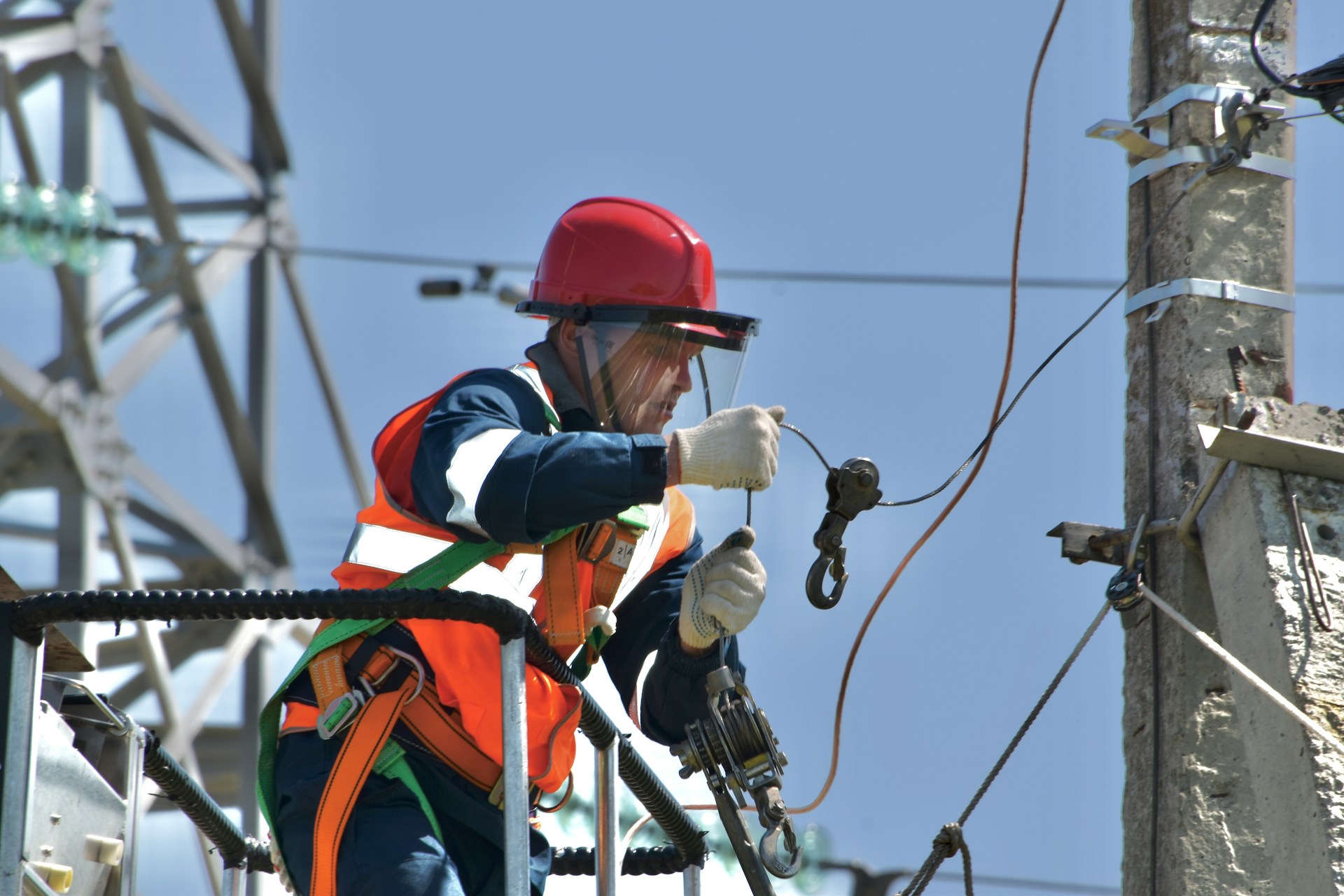
Electrical injuries are a serious threat in many workplaces. While they may not be the most frequent type of work-related injury, they can be some of the most devastating, leading to long-term health problems, disabilities, and even fatalities. The financial repercussions of electrical injuries are significant, impacting not only injured workers but also businesses. This article delves into the hidden costs of electrical safety negligence, exploring the burdens on workers’ compensation systems and the substantial financial losses incurred by businesses.
Understanding the financial impact of these injuries and the role of workers’ compensation is crucial for employers aiming to maintain a safe work environment and manage costs effectively.
Common Electrical Injuries
Electrical injuries, including shocks, burns, and electrocutions, are among the most serious workplace accidents. These can cause a wide range of physical and psychological effects. Below are some:
- Burns – Electrical burns can be deep and severe, requiring extensive skin grafting and long-term rehabilitation.
- Muscle damage and nerve damage – Electrical current can damage muscles and nerves, leading to weakness, paralysis, and chronic pain.
- Cardiac arrest – Electrical shock can disrupt the heart’s rhythm, potentially causing cardiac arrest and even death.
- Psychological trauma – The experience of an electrical injury can be deeply traumatic, leading to anxiety, depression, and post-traumatic stress disorder (PTSD).
These injuries can have a devastating impact on workers’ lives, potentially leading to lost wages, reduced earning capacity, and a diminished quality of life. They can result in extensive medical treatment, prolonged rehabilitation, and, in severe cases, permanent disability or death. The immediate costs associated with electrical injuries include:
- Medical Expenses: The cost of emergency medical care, hospitalization, surgeries, medications, and ongoing treatment for injuries can be substantial.
- Lost Wages: Employees who are injured may be unable to work for extended periods, resulting in lost wages and productivity.
- Disability Payments: In cases of permanent disability, ongoing compensation payments may be necessary.
Beyond these direct costs, there are significant indirect costs that businesses must consider:
- Increased Insurance Premiums: A high incidence of workplace injuries can lead to increased workers’ compensation insurance premiums.
- Legal Fees and Settlements: Businesses may face legal action from injured employees, leading to costly legal fees and potential settlements.
- Operational Disruptions: Electrical injuries can halt operations, especially if they lead to damage to equipment or require investigations and safety audits.
- Reputation Damage: Frequent workplace injuries can harm a company’s reputation, affecting employee morale and the ability to attract and retain talent.
The Role of Workers’ Compensation
Workers’ compensation is designed to provide financial protection for both employees and employers in the event of workplace injuries. For employees, it ensures they receive necessary medical treatment and compensation for lost wages. For employers, it limits liability by providing a structured system for handling injury claims.
For instance, consider an electrician aurora co. While performing routine maintenance on an electrical panel, a sudden arc flash occurs, resulting in severe burns and electrical shock. The electrician requires immediate emergency medical care, including specialized burn treatments and surgeries. The recovery process is long, involving several months of rehabilitation and physical therapy. During this period, the electrician is unable to work, leading to significant lost wages and financial strain. Additionally, the severe nature of the injuries might result in permanent disability, preventing the electrician from returning to their previous role or reducing their earning capacity.
Key aspects of workers’ compensation related to electrical injuries include:
- Coverage: Workers’ compensation typically covers medical expenses, rehabilitation costs, and a portion of lost wages for injured employees.
- Claim Process: Injured employees must report the injury and file a workers’ compensation claim. Employers are responsible for documenting the incident and facilitating the claims process.
- Insurance Premiums: Premiums are influenced by the company’s claims history and the perceived risk level of the work environment. Frequent claims can result in higher premiums.
Understanding Your Rights

While workers’ compensation is a crucial safety net, the process can be complex, and the benefits may not always cover all your needs. If you have suffered an electrical injury at work, especially if the injury was severe or the claim process seems challenging, consider contacting a personal injury lawyer who specializes in workplace injuries. These lawyers understand the intricacies of workers’ compensation and can help you navigate the legal system, ensuring you receive the compensation you deserve for your injuries and lost wages.
Many personal injury lawyers even work on a No win no fee basis, meaning you won’t pay any fees unless they win your case. Don’t hesitate to seek legal counsel to protect your rights and ensure you get the support you need during this difficult time.
The Shocking Cost to Businesses
Beyond the human cost and the burden on workers’ compensation, electrical injuries also have a significant financial impact on businesses. These hidden costs include:
- Direct Costs: These include the costs of workers’ compensation premiums, medical expenses paid directly by the employer, and lost productivity due to worker absence.
- Indirect Costs: These are harder to quantify but can be substantial. They include the costs of investigating the accident, training replacement workers, potential damage to equipment, and the negative impact on company morale.
- Operational Disruptions: Electrical injuries can halt operations, especially if they lead to damage to equipment or require investigations and safety audits.
- Reputation Damage: Frequent workplace injuries can harm a company’s reputation, affecting employee morale and the ability to attract and retain talent.
- Potential Fines and Lawsuits: Businesses that fail to maintain a safe work environment and prevent electrical injuries may face fines from safety regulators. Additionally, they may be sued by injured workers, leading to significant legal costs and potential settlements.
Studies by the Occupational Safety and Health Administration (OSHA) estimate that the average electrical injury on the job can cost a business nearly $200,000, with some cases exceeding several million dollars. These costs can significantly impact a company’s bottom line and even threaten its financial stability.
Preventing the Shock: Investing in Safety
The good news is that most electrical injuries are preventable. By prioritizing electrical safety in the workplace, businesses can significantly reduce the risk of these incidents. Here are some key strategies:
- Implementing Safe Work Practices: Develop and enforce safe work practices for tasks involving electricity, including proper lockout/tagout procedures and ensuring qualified personnel perform electrical work.
- Providing Proper Training: Train employees on electrical safety hazards, safe work procedures, and the importance of using personal protective equipment (PPE) like properly insulated gloves.
- Maintaining Equipment: Regularly inspect and maintain electrical equipment to identify and address potential hazards before they cause an accident.
- Promoting a Culture of Safety: Create a culture where safety is a top priority. Encourage employees to report unsafe conditions and near misses, and empower them to stop work if they feel unsafe.

By investing in these preventative measures, businesses can not only protect their employees from the devastating consequences of electrical injuries but also save significant money in the long run. The financial benefits of prioritizing electrical safety are clear, making it a smart investment for any business.
Mitigating Financial Impact
To minimize the financial impact of electrical injuries, businesses should adopt comprehensive safety measures and effective workers’ compensation management practices:
- Implement Robust Safety Protocols: Regular safety training, proper use of personal protective equipment (PPE), and strict adherence to safety standards can significantly reduce the risk of electrical injuries.
- Conduct Regular Safety Audits: Routine inspections and audits can help identify potential hazards and ensure compliance with safety regulations.
- Invest in Safety Technology: Advanced safety technologies, such as ground-fault circuit interrupters (GFCIs) and arc flash protection, can prevent accidents and mitigate their severity.
- Promote a Safety Culture: Encouraging a culture of safety where employees are empowered to report hazards and take proactive measures can lead to a safer work environment.
- Efficient Claims Management: Timely and accurate reporting of injuries, along with efficient claims processing, can help manage costs and reduce the impact on insurance premiums.
Conclusion
Electrical injuries are a serious threat in the workplace, with devastating consequences for workers and significant financial burdens on both workers’ compensation systems and businesses. By prioritizing electrical safety through implementing safe work practices, providing proper training, maintaining equipment, and fostering a culture of safety, businesses can significantly reduce the risk of these incidents and protect their employees and their bottom line. Remember, safety is not just an expense; it’s an investment in a healthy and productive workforce and a financially sound business.















